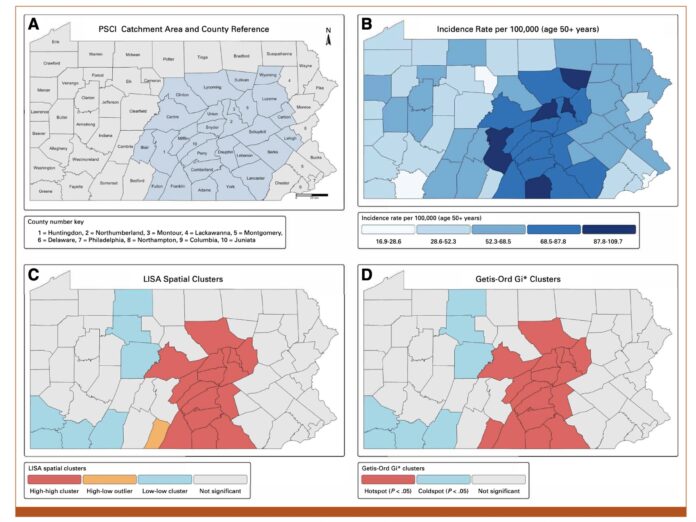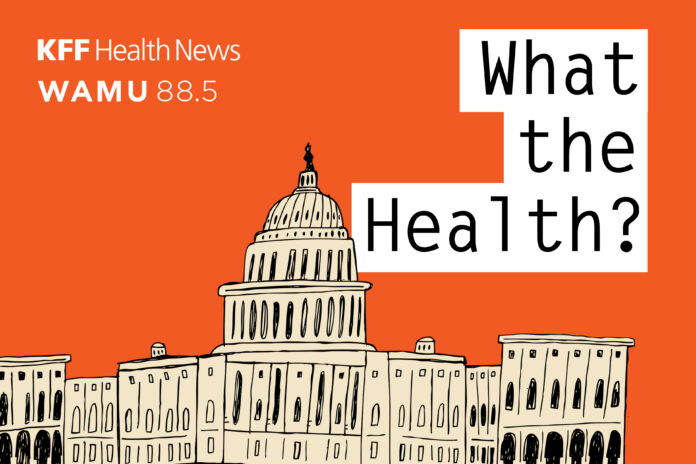There’s been a significant rise in the use of low- and alcohol-free drinks to curb alcohol intake among “risky drinkers” over the past five years in England, Wales, and Scotland, finds research published in BMJ Public Health.
The proportion of those using them to make serious attempts to cut down their alcohol intake rose from 35% in 2020 to 44% in 2024, while those using them in any attempt to cut down increased from 26% to 39%.
The trends were especially noticeable among the over-65s, while women and the relatively well-off were more likely to consume these drinks than men and the most economically disadvantaged, the findings indicate.
The sales and availability of low- and alcohol-free drinks have risen sharply in the UK since 2020, and the UK government promotes the substitution of standard alcoholic drinks with these alternatives as a harm reduction tool, explain the researchers. But it’s not clear to what extent the increasing supply of low- and alcohol-free drinks has contributed to reduction attempts, particularly among those who drink more heavily.
In a bid to find out, the researchers drew on data collected in Great Britain between October 2020 and August 2024 as part of the Smoking and Alcohol Toolkit Study, which collects monthly data on adults’ sociodemographic, smoking, and drinking characteristics.
The sample was limited to those drinking at increasing and higher-risk levels, defined as an Alcohol Use Disorders Identification Test-Consumption (AUDIT-C) score of 5 or more, and who had tried to cut down their alcohol consumption in the previous year.
They were asked if they had used low- and/or alcohol-free drinks and which, of a variety of evidence-based support options, they had used in their attempts to curb their alcohol intake.
The final analysis included 9,397 people whose average age was 46. It showed that the proportion of those reporting the use of low- and alcohol-free drinks to reduce their alcohol consumption increased significantly between 2020 and 2024.
The proportion of those using these alternatives to make serious attempts to curb their drinking rose by 9%, from 35% to 44%, and by 14%, from 26% to 39%, among those making any attempt to cut down.
Noticeably, the proportion of older adults (65+) using low- and alcohol-free drinks was lower than young and middle-aged adults to start with, but rose more steeply over time.
But the proportion of those using neither these alternatives nor evidence-based approaches, such as behavioral support or drug treatment, fell. And the proportion using evidence-based options either alone or in combination with low- or alcohol-free drinks remained low, at around 10%, the responses showed.
This is an observational study that only assessed trends in self-reported use of low- and alcohol-free drinks for alcohol reduction attempts and therefore can’t make any assumptions about the effectiveness of these drinks in actually reducing alcohol consumption, emphasize the researchers.
Some respondents may also have understood the term “alcohol-free” to mean soft drinks such as kombucha or flavored sodas, they add.
“The rise in the prevalence of alcohol-free/low-alcohol use in cut-down attempts in Great Britain may be driven by greater availability of alcohol-free/low-alcohol drinks in pubs or increased marketing, such as the partnership between the charity organizing the Dry January campaign and alcohol-free drink producers, which started in 2022,” suggest the researchers.
“It is also possible that the observed changes are consumer-driven, i.e. that people’s interest in alternatives to standard strength alcoholic drinks is growing, and the market is responding to this demand,” they add.
“In any case, it is vital for future research to establish whether alcohol-free/low-alcohol drinks are an effective tool to reduce alcohol consumption…or whether people consume [these] drinks in addition to standard alcoholic drinks, therefore resulting in no change in alcohol consumption,” they point out.
Additionally, they highlight, “The socioeconomic divide is potentially concerning because alcohol-related harm is disproportionately experienced by people who are less advantaged. If alcohol-free/low-alcohol drinks are shown to be effective for harm reduction, it will be vital to develop interventions targeted at people with less advantaged socioeconomic positions to reduce health inequalities.”
More information:
Trends in use of alcohol-free or low alcohol drinks in attempts to reduce alcohol consumption in Great Britain, 2020-2024: a population-based study, BMJ Public Health (2025). DOI: 10.1136/bmjph-2025-002775
British Medical Journal
Citation:
Low- and alcohol-free drinks gaining popularity among ‘risky’ UK drinkers (2025, September 23)
retrieved 23 September 2025
from https://medicalxpress.com/news/2025-09-alcohol-free-gaining-popularity-risky.html
This document is subject to copyright. Apart from any fair dealing for the purpose of private study or research, no
part may be reproduced without the written permission. The content is provided for information purposes only.



